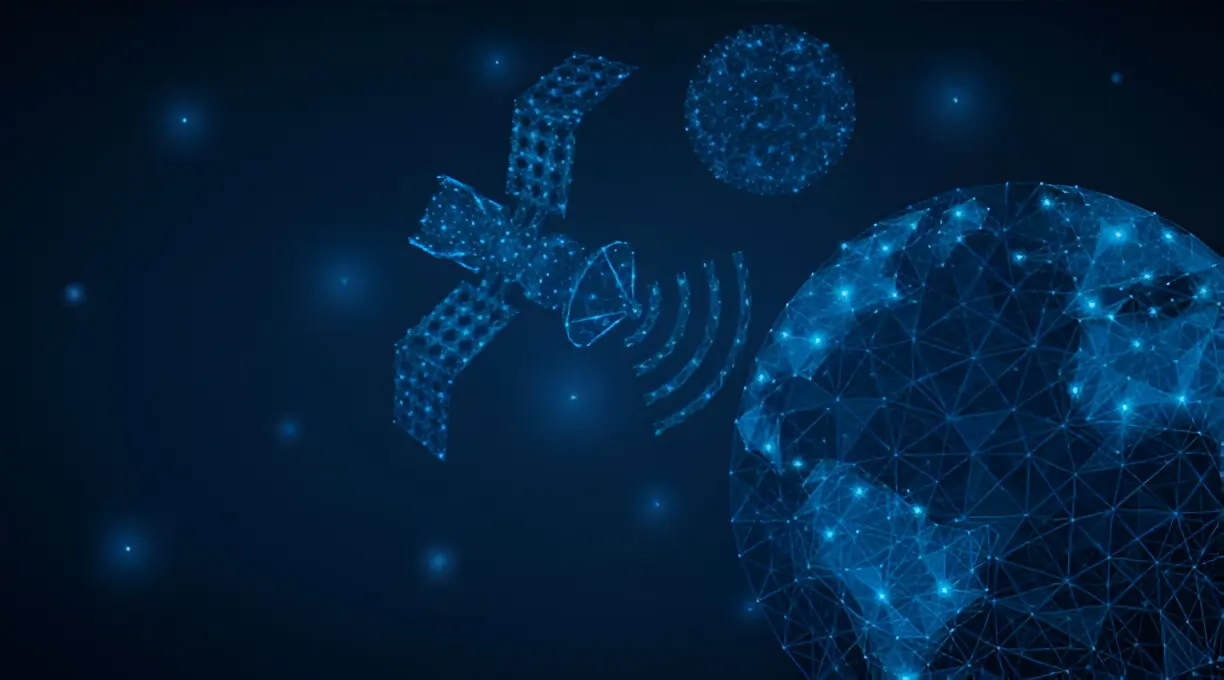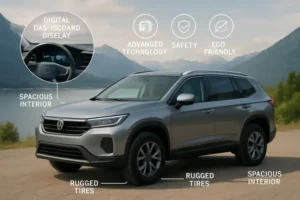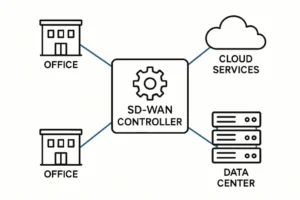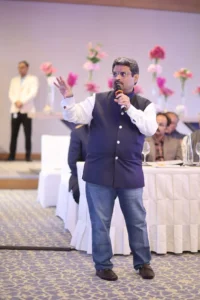The advent of the Internet of Things (IoT) has paved the way for a new era in connectivity, with a multitude of devices now able to communicate and share data globally. Traditional terrestrial networks have facilitated these connections for the most part, but they come with limitations in coverage, especially in remote areas or across the seas. Against this backdrop, IoT satellite technology emerges as a game-changer, promising ubiquitous connectivity that transcends geographical challenges.
The Challenges of Global IoT Connectivity
IoT technology has been transformative in numerous sectors, from agriculture to urban development, but its dependence on ground-based infrastructure poses significant challenges. Vast stretches of the Earth remain uncharted by cellular networks, leaving many potential IoT applications out of reach. In regions where terrestrial networks are available, coverage can be patchy, and the infrastructural investment to fill these gaps is often uneconomical.
This is where satellite IoT comes into play, offering a compelling solution to connect devices anywhere on the planet. Businesses and industries are increasingly exploring this technology, driven by the need to monitor and manage assets in previously inaccessible locations.
Unlocking New Possibilities with Satellite IoT
By leveraging satellite technology, IoT extends its reach beyond the constraints of traditional networks. Now it’s possible for a sensor in a remote African farm to transmit data to a satellite and back to an analytics centre in Europe, all in real-time. This leap in connectivity is revolutionising fields such as precision agriculture, maritime logistics, and environmental monitoring, unleashing new potential for efficiency and environmental stewardship.
The competitive advantage offered by satellite IoT is clear: it enables entities to make informed decisions based on data from any point on the globe, effectively managing their operations and resources beyond the horizon of cellular networks.
Advancing IoT with Miniaturization and Cost Reduction
Historically, satellite technology was synonymous with hefty costs and large, power-hungry devices. Recent advancements in miniaturisation and technology have reduced these barriers significantly. Small satellites, often referred to as CubeSats, have brought down launch and manufacturing costs, facilitating the integration with IoT technology.
These technological strides mean that businesses operating a network of IoT devices no longer face the high capital expenditure that was once a deterrent. Satellite IoT services are now more accessible, fostering innovation and allowing even small enterprises to think globally in their IoT strategy.
Continuous Coverage Across Borders
For industries that transcend national boundaries, like shipping or multinational agriculture, the ability of satellite IoT to provide continuous coverage is invaluable. With global pathways creating data highways in the sky, actions like real-time tracking of fleet movements or environmental conditions in different countries become seamless operations. Such constant connectivity paves the way for improved safety, efficiency, and sustainability across industries.
This level of constant monitoring could only be imagined a few short years ago, but as IoT satellite technology matures, it is becoming a reality that is benefiting an increasing number of sectors.
Challenges Ahead for IoT Satellite Integration
Despite the promise it holds, integrating satellite technology with IoT is not without its challenges. One of the primary hurdles is managing the large volumes of data transmitted across satellite networks. The infrastructure must be robust enough to handle increased traffic while ensuring data security and integrity. Additionally, power management in IoT devices becomes more crucial when communication occurs over long distances, demanding energy-efficient designs that keep pace with satellite technology.
The proliferation of satellites also raises concerns about space debris and management of orbital slots, necessitating international cooperation and regulation ensuring sustainability in space as much as on Earth.
Leading Forces Behind Satellite IoT Expansion
In the foreground of IoT satellite technology, companies like Myriota are spearheading the provision of low-cost, low-power solutions that are enabling a plethora of IoT applications. These companies are creating core technology allowing devices to talk to satellites directly without the need for additional infrastructure, resulting in a more streamlined and cost-effective IoT network.
As the technology matures, we are also witnessing advancements in satellite communication protocols and frequencies to optimise for different IoT use cases, supporting a diverse range of applications with tailored solutions.
Global Impacts of Satellite IoT
From natural disaster response to wildlife conservation, the ability to deploy sensors virtually anywhere can have profound impacts on global challenges. Satellite IoT is already being used to study climate change by providing fine-grained data on ocean temperatures and forest health that was previously unattainable.
In smart cities, satellite IoT enhances public services, traffic management, and emergency responses, further connecting the urban environment and providing residents with a better quality of life.
Preparing for a Connected Future
As the world prepares for a future in which billions of devices will be connected, satellite IoT stands as a pivotal technology. Market analysts predict a surge in satellite IoT connections over the coming years, fuelled by both technological advances and a growing appreciation for data’s role in economic and social progress.
The rise of IoT satellite technology marks a new epoch of connectivity – a revolution that transcends terrestrial limitations and heralds untold potential in how we interact with the world around us. It stands as a remarkable achievement of human ingenuity, promising to connect the unconnected and drive forward the global economy and society.
With ongoing investment and innovation, the trajectory for IoT satellite technology points to an ever more integrated and interconnected world – establishing new frontiers for how we live, work, and interact with the environment for decades to come.
Final Thoughts
The relentless progression of the IoT satellite landscape is nothing short of a connectivity revolution. Industry leaders and pioneers are persistently breaking new ground, making the most remote and challenging locations on Earth reachable, fostering an interconnected world free from the limitations of the ground beneath us.
As we look to the future, it is clear that the inspired union of IoT and satellite technology is set to revolutionise our way of life, extending the reach of innovation and enhancing the human experience with every satellite orbit completed.
Read more: Optimizing Your Workout: The Best Elliptical Trainer for Home Use – Croudmomentum.com
Sofwave: The Future of Non-Invasive Skin Rejuvenation – Croudmomentum.com
How to Choose the Best Soft Wax for Your Style? – Croudmomentum.com








